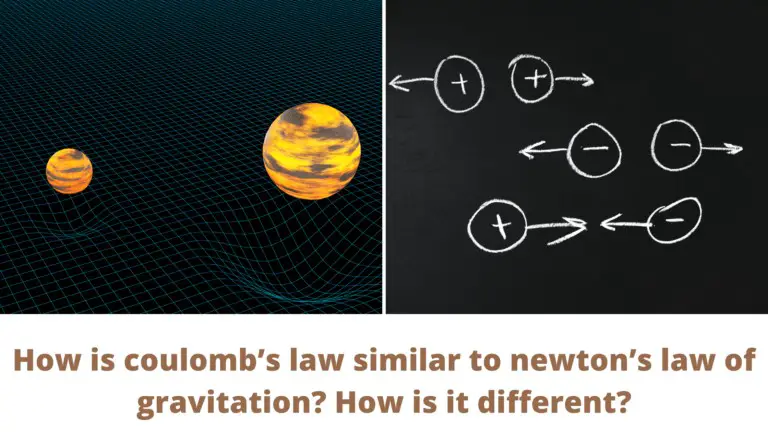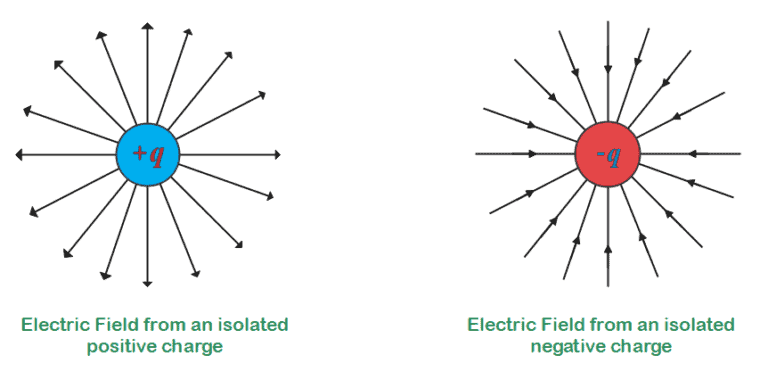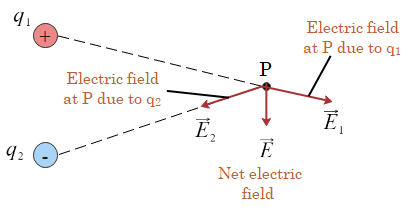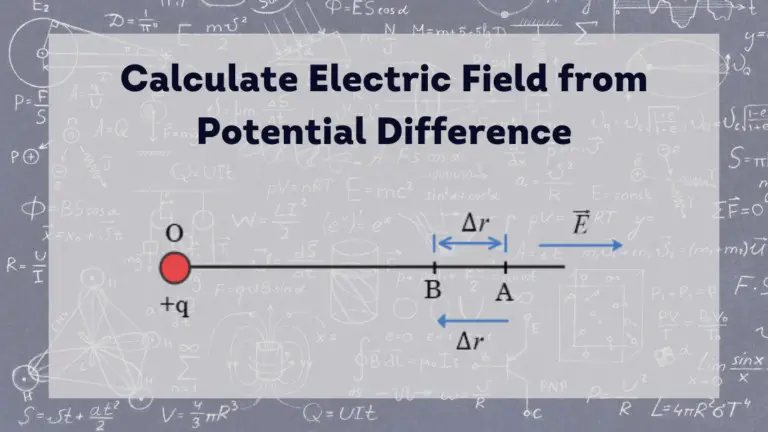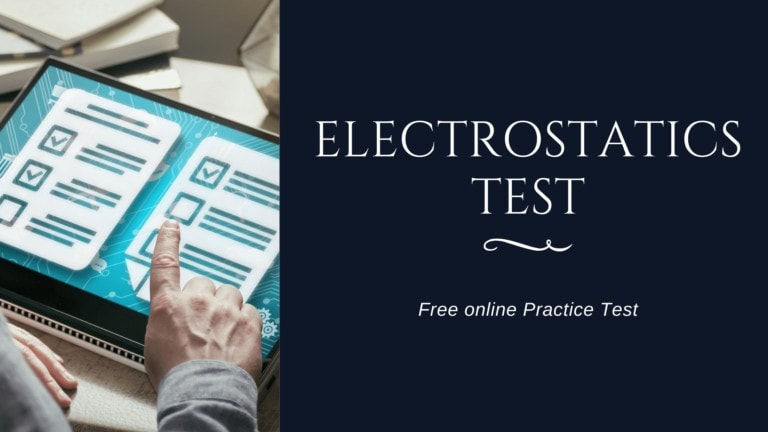How to calculate force between two charges

In this article, we will learn how to calculate the force between two charges. The force between two charges can be found using Coulomb’s Law in electrostatics. Before going any further, let us learn what is Coulomb’s Law. Coulomb’s Law…

